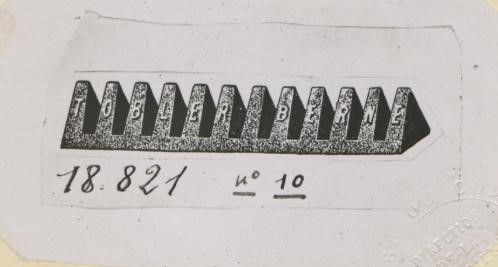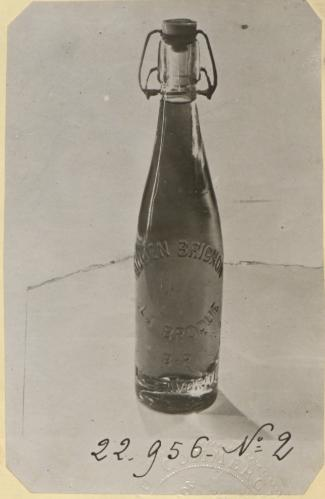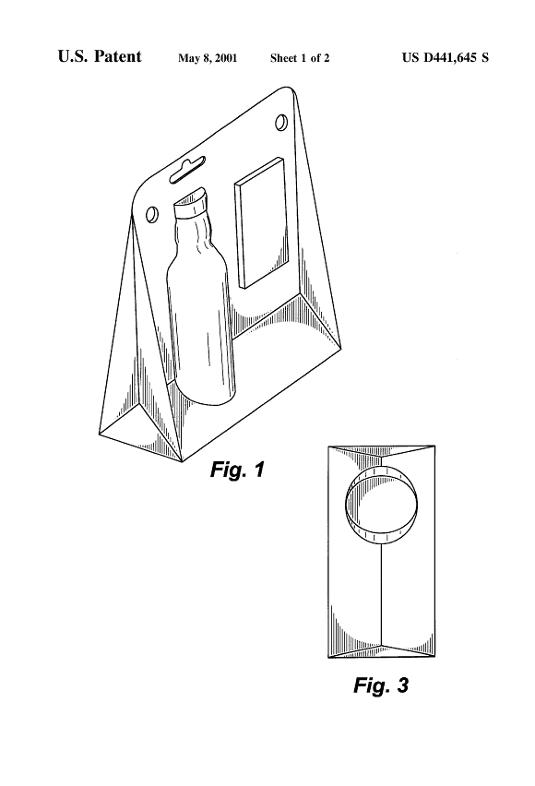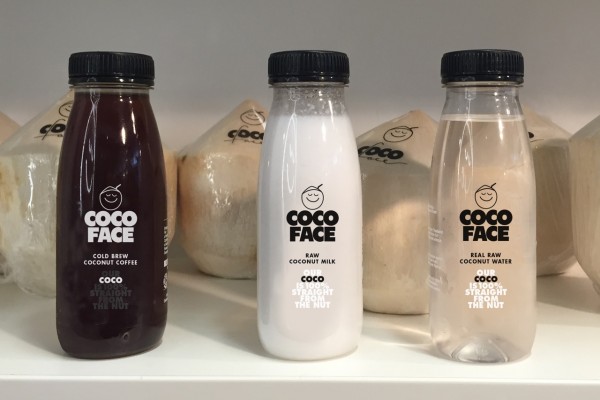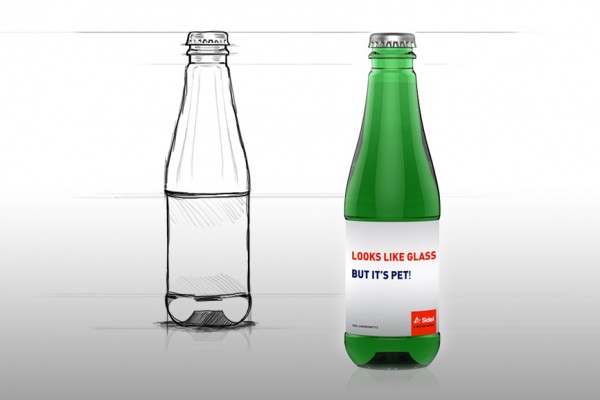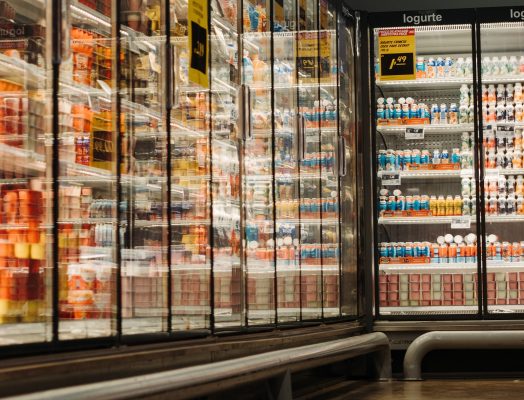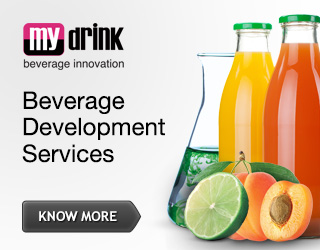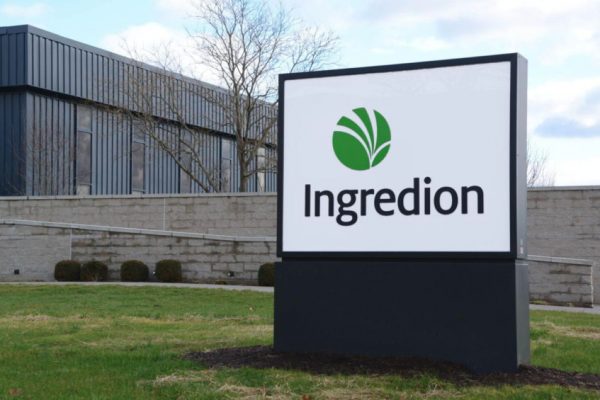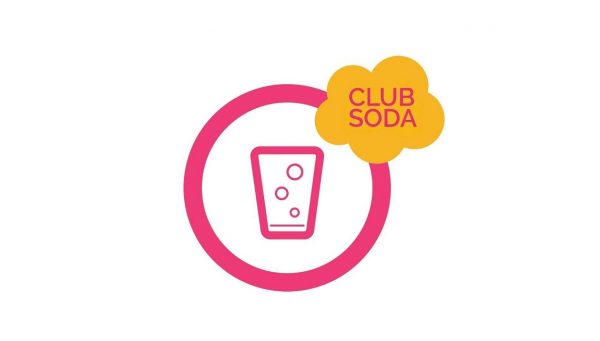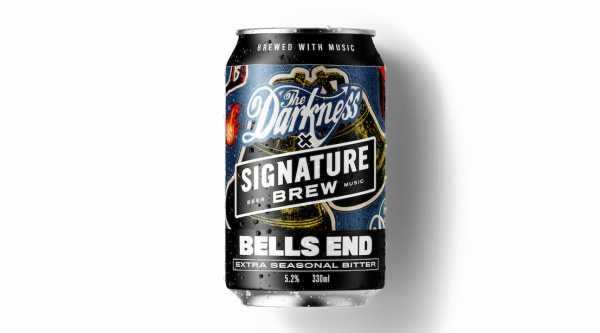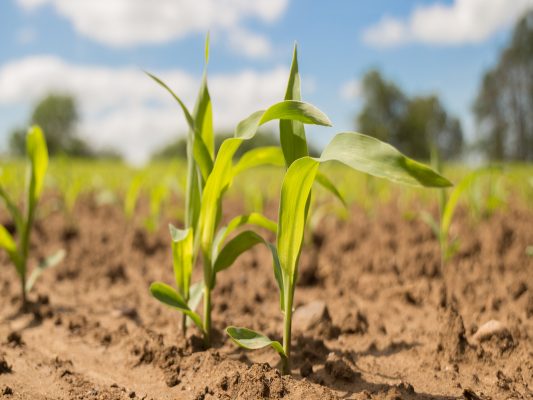How To
How to Protect Your Intellectual Property in Food & Beverage Industry?
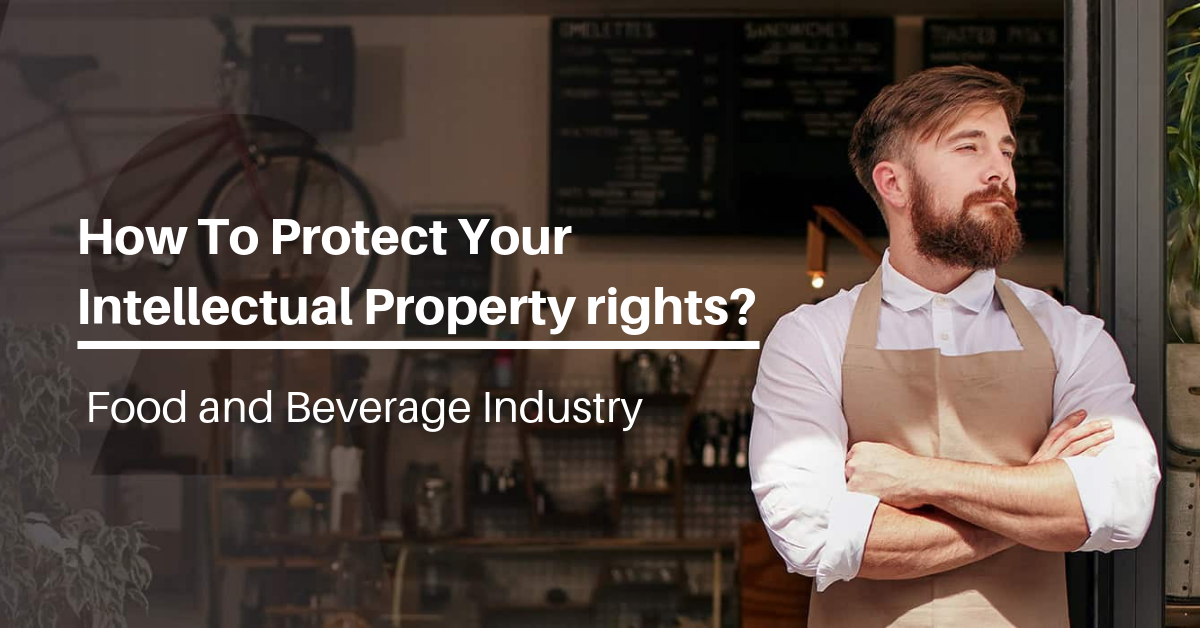 Have you ever wondered, how to protect the intangible assets of your product? How to prevent competitors from copying your work, intellectual assets, know-how? The Intellectual property rights were created ages ago, to give the exclusive rights for the creators to award them for their mental work, time and effort.
Have you ever wondered, how to protect the intangible assets of your product? How to prevent competitors from copying your work, intellectual assets, know-how? The Intellectual property rights were created ages ago, to give the exclusive rights for the creators to award them for their mental work, time and effort.
The question is not, “IF I should protect my company’s intellectual rights”, but rather “HOW can I protect such rights? WHAT rights my company have?”. No company can be strong without protecting its intangible assets. In the food and drink industry the exact same rule applies. Having a tough competition in the market, food and drink companies must take a particular attention to the trademarks, patents and designs they own. The competitors will not wait for too long, and will start copying the best-selling products.
If you do not protect your creativity, it will be left in the public domain, and can be used by any interested person. But can be even worst. If you do not act timely enough, somebody else can register same logo, apply for the patent or register identical design. In such case, not only you will lose the possibility to protect your intellectual property, but you can also be prevented to use it.
So let’s talk in this article about the rights that are created in the food and drinks industry, how to acknowledge such rights and, most importantly, how to protect them.
The perfect example how much the intellectual property rights can be worth is “Coca-Cola” company. Do you know that the most valuable property of Coca-Cola is its trademark? In 2001 Coca-Cola trademark was worth $68.9 billion (in 2018 brand – $57.3 billion). Similarly, Pepsi’s brand value was $18.4 billion in 2018, ranking in the 20 most valuable brands in the World (source: Forbes “The World’s Most Valuable Brands 2018”).
The food and drink industry understands the value of the brand and seeks the protection of intellectual property created within. The most valuable aspect of the legal protection of your intellectual property is that it turns intangible assets into exclusive property rights. It enables you to claim ownership over your company’s intangible assets and exploit them to their maximum potential. In short, IP protection makes intangible assets a bit more tangible by turning them into valuable exclusive assets.
Intellectual property (IP) refers to unique creations such as inventions, designs, artistic and literary works, symbols and names used in commerce. It is a bundle of rights to the results of intellectual work and activity, which are protected by national and international laws.
1. Trademarks in food and beverages
A trademark is a word, phrase, symbol, logotype or combination of these that identifies and distinguishes the source of the goods and services of one party from those of another. Trademarks (for more info push here) are crucial to giving your business a distinctive character, allowing it to distinguish from the rest. Brands enable consumers to make quick, confident and safe purchasing decisions. A trademark is what helps to recognize your products and services in the competitive market. They can capture the essence of your brands and the energy, investment and know-how that goes into them. There are various roles a trademark can play in a company, and all of them are crucial to the success of your business.
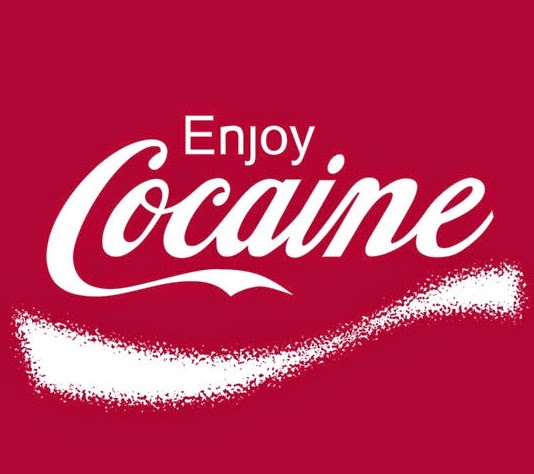
Poster that infringed the “Coca-Cola” mark. Case Coca-Cola Co. v. Gemini Rising, Inc., 346 F. Supp. 1183 (E.D.N.Y. 1972)
In the food and drink industry, the trademark is a very significant asset. It allows the consumers to choose the refreshments or foods they want. The consumer knows that buying a drink with label “Coca-Cola” he will purchase a carbonated non-alcoholic beverage. When he sees the label is “berrywhite”, the consumer knows that it is an organic drink from berries, with fewer additives. The trademarks allow consumers to make choices easier. They don’t need to read the ingredients on the bottle every time they make a decision. The trademark informs consumer directly about the commercial origin of the drink, its substance, value and use.
Once your trademark is well known, you can prevent others from using it not only directly on the beverages, but also to use similar marks on other products. For example, in 1972, the Coca-Cola company sued Gemini Rising, Inc. for reproducing and selling posters “Enjoy cocaine”, because the poster was highly similar to the “Coca-Cola” trademark.
2. Design protection
Design protects the overall look of the product. So in the drinks and food industry the design can be found in the packaging (either bottle or the whole package), shape of the product (for example, Toblerone cholocate bar).
Protecting your design not only ensures, that other companies do not use the same bottle or packaging, but also protects from using similar containers or packages. If another company makes only minor changes in your protected design, but the overall look of the products is similar, such competitor would infringe your rights. Therefore, the protection of design is much broader than only the direct copying.
Another significant thing that one must know, is that the design must be new. Therefore, when you came up with a new look of the bottle, chocolate bar, or similar, it is better to apply for a design registration before you release the product to the market. If you do not comply with the statutory limits to apply for certification, your design can be invalidated, because you have made it publicly available before protecting IP rights.
The design must also have an individual character. It means that a new design must differ from earlier products. If you add irrelevant details to already existing model, the requirement of individual character will not be fulfilled, and design can be annulled.
You must always check if similar looks of the products are not already disclosed. Not only one must check the design registers (such as DesignView or WIPO Global Design database) but also Google, YouTube platforms.
If someone already advertised, soled, distributed same or highly similar designs, your design would lack novelty and individual character. In such case, to invest in protecting your design must be thoroughly considered.
Read more about design registration basics here.
3. Patent rights
A patent is granted for inventions in all fields of human endeavour, scientific discoveries.
It is very likely that a recipe of a drink or novel mixture of food, can have patent protection. To receive patent protection, a drink or food must be novel, “non-obvious”, and adequately and clearly described in the patent application. Therefore, to know if your product can have the patent protection you must answer the following questions affirmatively:
- Is the invention novel? Meaning, that the same product has never be described in the earlier patents or literature. You can check the novelty of your invention in the patent databases. The European Patent Organization offers the best free patent database Espacenet.
- Is the invention non-obvious? Meaning that it involves a technical and mental step, that for the skilled person is not evident and apparent.
- Does it have an industrial applicability? Meaning, it can be used in some technical process or field.
Recipes are indeed patentable subject matter and protectable either by defining a “new and useful process” or as a “composition of matter.” For example, the soft drink is a composition of “matter”, while the steps to make the drink can be patented as a “process”.
If you have a patent granted for your drink, you will prevent any other company to make the same or similar beverage. The monopoly of a patent is the broadest of all IP rights. If another company changes the recipe slightly, removes one ingredient or adds additional, most likely it would still infringe your rights and you could forbid a competitor offering such product.
Examples of patent applications for drinks.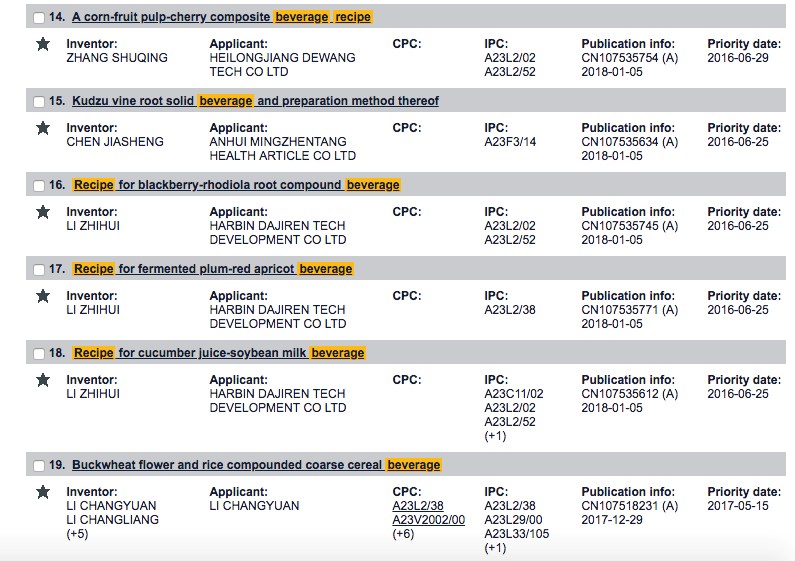 You can read more about Patents on our Knowledge Base.
You can read more about Patents on our Knowledge Base.
5. Trade secrets
Another IP right actively used in the food industry is trade secrets. A trade secret is a formula, practice, process, or compilation of information not generally known or reasonably ascertainable by others by which a beverage business can obtain an economic advantage. Trade secrets usually are used to protect the recipes of drinks. The most known example of beverage recipe protected by trade secret is Coca-Cola. Dr John S. Pemberton invented Coca-Cola in 1886, the formula was kept a close secret, shared only with a small group and not written down for 86 years.
Even if trade secrets can still play an essential role in the drink industry, nowadays it is much harder to keep it a secret. With all the new technologies and inventions, it is possible; a good chemist will disclose the ingredients of the drink or food by making analysis and running some tests. The trade secret today seem to provide only weak protection in the food and drink industry. Such a strategy can be used when a company does not see a need to invest in higher IP protection (such as apply for a patent).
So to sum up, intellectual property rights can play a very significant role in your business. If you use it wisely, if you make the right decisions in your IP portfolio management, you can reach a great success. The manufacture and preparation of the products is getting cheaper, going close to zero marginal costs. The consumer must be offered new, unique products, with individual labels and design. For this reason, you should look at your consumers, the products you have, and invest in intellectual creation of something new and attractive.
The table below summarizes the IP rights in the beverages industry: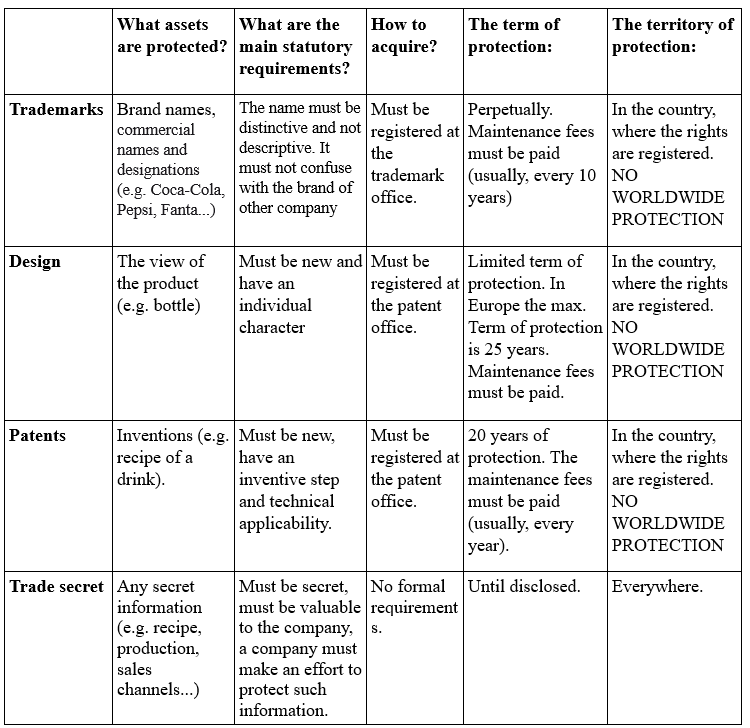
For more information visit International Trademarks, Designs and Patents Registration Services website.

